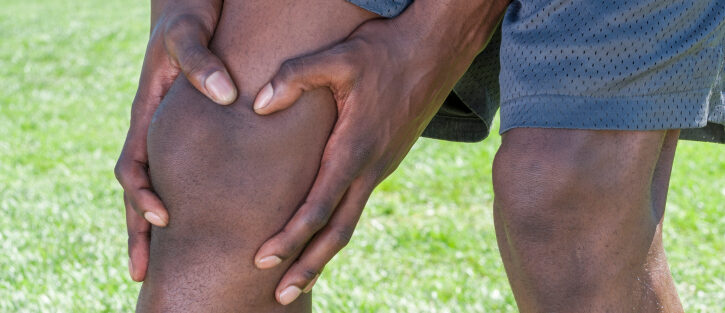Rheumatoid arthritis is an autoimmune disease where a person’s immune system attacks and targets the healthy connective tissue surrounding joints in the body. It affects approximately 1% of the population.
Rheumatoid arthritis most commonly affects individuals aged between 30 and 60, however onset can occur at any age. Women have more than double the chance of developing rheumatoid arthritis. Other risk factors include having a close relative with rheumatoid arthritis and smoking.
When the immune system attacks the connective tissue surrounding a joint, this causes inflammation. Patients experience swollen, stiff, and painful joints which can feel warm. Symptoms are often worse in the morning and after periods of inactivity.
The most common joints affected are the small joints of the hands, feet, and ankles. However, larger joints may also be affected. Symptoms usually occur symmetrically on both sides of the body. This initial inflammation can lead to long-term joint damage and joint deformities, so early management is key.

People living with rheumatoid arthritis experience flare-ups of more severe symptoms which can last a few days up to a month. Rheumatoid arthritis is mostly managed with medications targeting the immune system which aim to decrease the inflammation and damage to the joints.
Other medications are given for initial symptom relief; however, these do not combat disease progression. Intramuscular injections can provide relief from symptoms, especially during flare -ups. If the condition is allowed to progress, it can lead to permanent joint damage consisting of cartilage destruction and bone erosion.
Depending on the severity of the joint damage, a patient may choose to avail of joint replacement surgery which serves to ease pain and increase joint mobility. Rheumatoid arthritis is known to cause fatigue, however keeping active is shown to benefit patients.
Regular low-impact exercise can strengthen muscles and keep connective tissue healthy, providing better protection against flare-ups.


